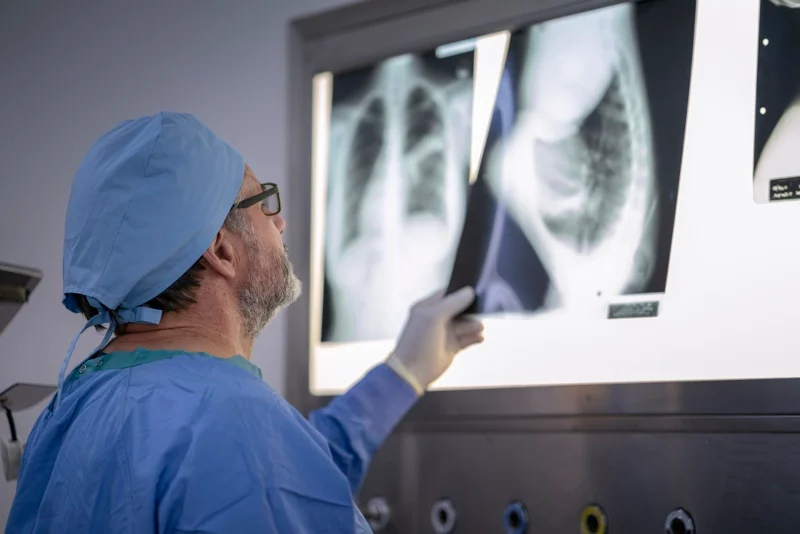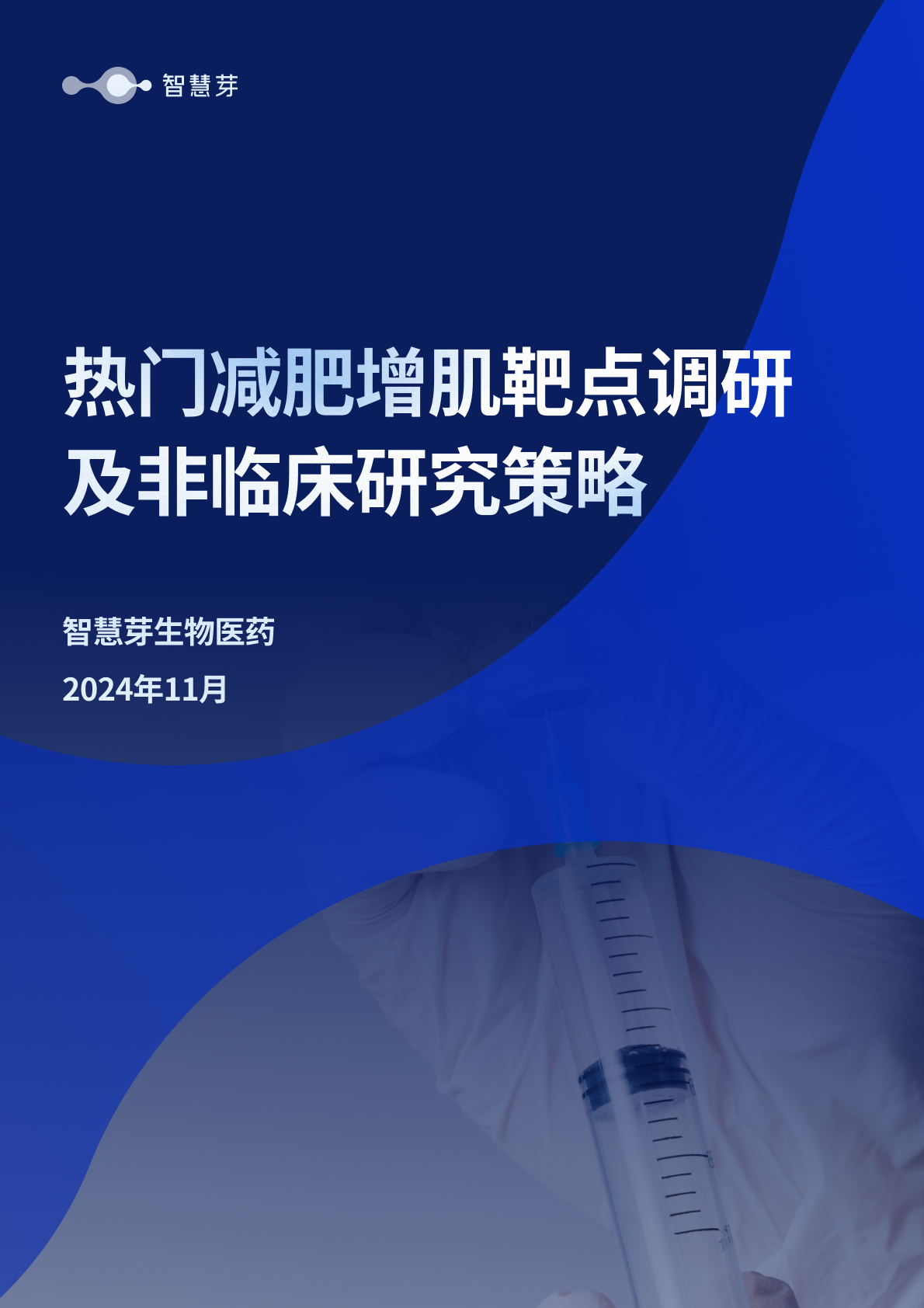Deep learning AI could predict heart disease death from a chest X-ray 10 years out: study
2022-11-30
AHA会议

Preview
来源: FierceBiotech
To develop the deep learning model, the researchers trained the AI to look for indications that a major adverse cardiovascular event could crop up within a decade by examining more than 147,000 chest X-rays gathered from more than 40,000 patients.
Standard healthcare guidelines suggest that adults be regularly screened for the likelihood that they’ll develop atherosclerotic cardiovascular disease—which can lead to heart attack, stroke and other potentially fatal conditions—within 10 years.
The current go-to method to calculate that risk, developed by the American College of Cardiology, requires doctors to gather and analyze a variety of health information, including age, sex, race, blood pressure, cholesterol levels, diabetes history and more. But an alternative method presented at the Radiological Society of North America’s annual meeting in Chicago this week aims to churn out 10-year heart disease risk scores using only a basic chest X-ray.
The new approach relies on deep learning artificial intelligence technology. Like the ACC’s risk calculator, the AI method is also aimed at helping to “identify individuals who would benefit from statin medication but are currently untreated,” according to Jakob Weiss, M.D., lead author of the study (PDF) and a radiologist at Massachusetts General Hospital.
To develop the deep learning model, the researchers trained the AI to look for indications that a major adverse cardiovascular event could crop up within a decade by examining more than 147,000 chest X-rays gathered from more than 40,000 participants in a separate cancer screening trial.
Once it was trained, they put the model to the test, tasking it with estimating the 10-year heart disease risk scores for another set of 11,430 Mass General Brigham patients, none of whom had ever experienced a major adverse cardiovascular event, but who were potentially eligible for statin treatment.
According to the researchers, there was a “significant association” between the patients that the AI had identified as being at risk for future adverse events and the 9.6% who actually went on to experience those events within 10 years after the X-ray had been collected.
The AI’s findings were also compared to the traditional scoring method’s results for about 2,400 patients who had both a chest X-ray and all the necessary medical data on file. In that comparison, the deep learning model produced largely similar results as the ACC calculator, and its results were also found to be “additive” to the standard method, since it relies only a single variable that may already be stored in a patient’s electronic health record.
“The beauty of this approach is you only need an X-ray, which is acquired millions of times a day across the world,” Weiss said. “Based on a single existing chest X-ray image, our deep learning model predicts future major adverse cardiovascular events with similar performance and incremental value to the established clinical standard.”
The study results haven’t yet been published in a peer-reviewed journal, and Weiss said additional research is still needed to validate the model before it can be widely used in the clinic. Still, he noted that the preliminary results are promising for the future of heart disease risk scoring.
“What we've shown is a chest X-ray is more than a chest X-ray,” he said. “With an approach like this, we get a quantitative measure, which allows us to provide both diagnostic and prognostic information that helps the clinician and the patient.”
更多内容,请访问原始网站
文中所述内容并不反映新药情报库及其所属公司任何意见及观点,如有版权侵扰或错误之处,请及时联系我们,我们会在24小时内配合处理。
靶点
-药物
-来和芽仔聊天吧
立即开始免费试用!
智慧芽新药情报库是智慧芽专为生命科学人士构建的基于AI的创新药情报平台,助您全方位提升您的研发与决策效率。
立即开始数据试用!
智慧芽新药库数据也通过智慧芽数据服务平台,以API或者数据包形式对外开放,助您更加充分利用智慧芽新药情报信息。




